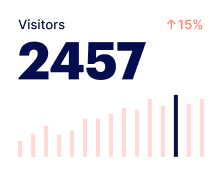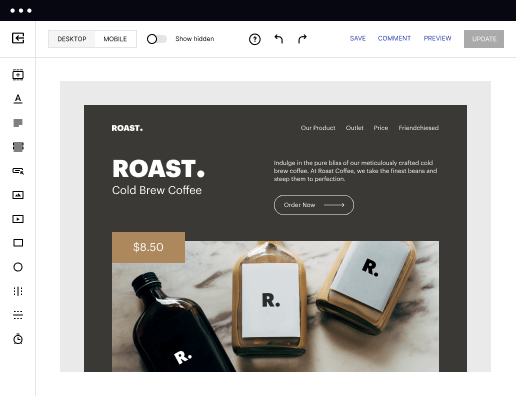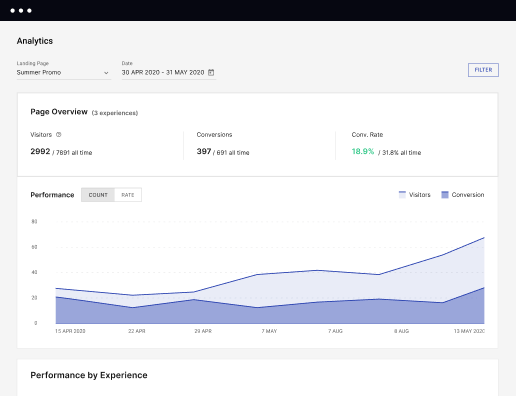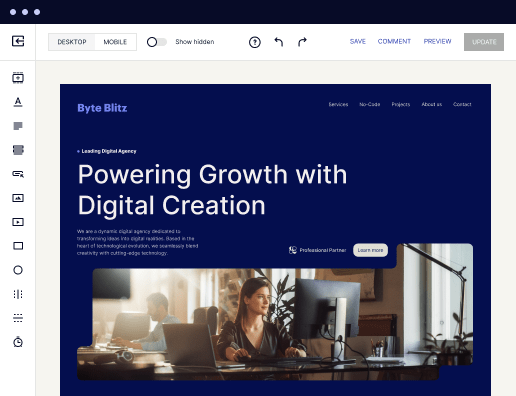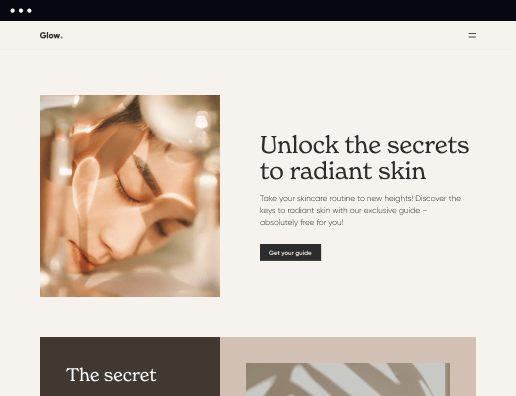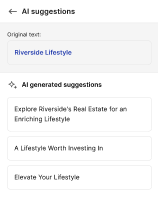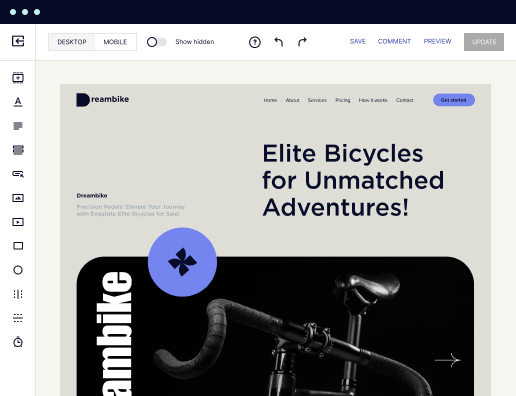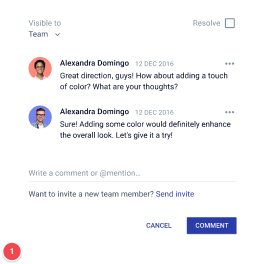Make your profile settings page designed for macOS
Instapage empowers you to reduce costs, increase conversions, and deliver meaningful experiences on macOS.
These settings are controlled by a profile: Your ultimate how-to guide
Creating a profile settings page on macOS can significantly enhance user experience, especially for businesses and marketers in the competitive landscape of the USA. Instapage provides a streamlined platform for developing landing pages that maximize brand trust and customer loyalty. Our intuitive design tools and customization options allow you to develop high-converting pages tailored specifically for your target audience in various sectors, including financial services and education.
Understanding the essentials for a profile settings page
Before diving into the technicalities, it is crucial to understand the fundamental components involved in a profile settings page. This page should support personalization, allowing users to customize features that align with their preferences.
- User authentication: Ensure secure log-in mechanisms.
- Personal data fields: Allow users to update their personal information quickly.
- Customizable settings: Provide options for notification preferences and privacy settings.
Step 1: Designing your landing page layout
The first step in creating your profile settings page is to design the layout. Using Instapage, you can leverage our extensive library of 100+ conversion-focused templates. Begin by selecting a layout that fits your branding guidelines.
- Choose a clean and simple design that emphasizes usability.
- Incorporate visual hierarchy to guide the user’s attention effectively.
- Utilize Instablocks to save and reuse custom design elements.
Step 2: Optimizing for conversions
Once your layout is defined, focusing on optimizing your page for conversions is essential. Use Instapage's built-in experimentation features to A/B test different elements and gauge user interactions.
- Implement detailed heatmaps to analyze user behavior on the page.
- Test variations of call-to-action buttons to identify the most effective options.
- Continuously monitor performance using the analytics dashboard.
Step 3: Personalizing the user experience
Personalization is key to increasing conversion rates on your profile settings page. Leverage dynamic text replacement techniques to tailor content based on user data.
- Utilize AdMaps to align advertising with specific audience segments.
- Integrate metrics tracking to assess the effectiveness of personalized elements.
- Provide targeted recommendations based on users’ past interactions.
In conclusion, creating an efficient profile settings page on macOS requires thoughtful design and strategic optimization. Instapage empowers marketers with tools to increase brand credibility through personalized experiences.
Ready to start creating your profile settings page? Sign in to Instapage today and explore our innovative features to enhance your marketing strategy.
Get more out of Create your profile settings page on macOS
Improve your Quality Score with quick load technology for landing pages
Increase conversions with content that aligns with your ads and audiences
Achieve maximum ROI by scaling your marketing initiatives
Leading the way in building high-performing landing pages





FAQs
See how to create your profile settings page on macos in action
Ready to skyrocket conversions?
Supercharge your ad campaigns with high-performing landing pages.
Get started
